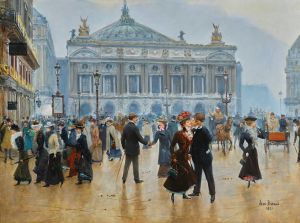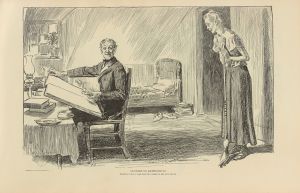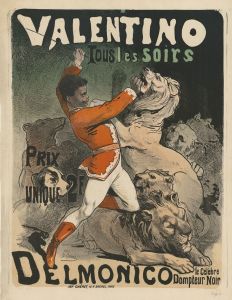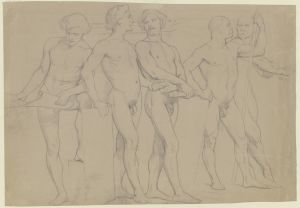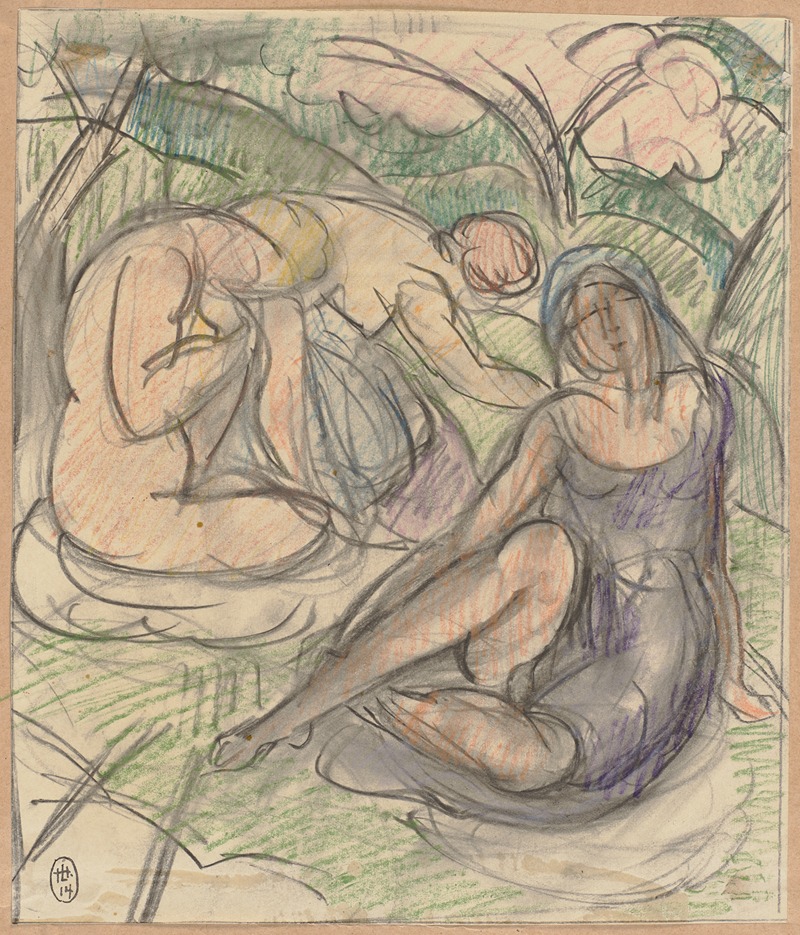
Three women
A hand-painted replica of Hermann Lismann’s masterpiece Three women, meticulously crafted by professional artists to capture the true essence of the original. Each piece is created with museum-quality canvas and rare mineral pigments, carefully painted by experienced artists with delicate brushstrokes and rich, layered colors to perfectly recreate the texture of the original artwork. Unlike machine-printed reproductions, this hand-painted version brings the painting to life, infused with the artist’s emotions and skill in every stroke. Whether for personal collection or home decoration, it instantly elevates the artistic atmosphere of any space.
Hermann Lismann was a German painter born in 1878, known for his contributions to the Expressionist movement. One of his notable works is "Three Women," a painting that exemplifies his style and thematic focus. Lismann's career was significantly influenced by his studies and interactions with other artists of his time, and his works often reflect the socio-political context of early 20th-century Europe.
"Three Women" is a compelling piece that showcases Lismann's skill in capturing human emotion and form. The painting features three female figures, each rendered with a distinct expression and posture, which together create a dynamic and engaging composition. The use of bold colors and strong lines is characteristic of Lismann's approach, emphasizing the emotional intensity and psychological depth of the subjects.
The painting is believed to have been created during a period when Lismann was deeply involved with the Expressionist movement, which sought to convey subjective experiences and emotions rather than objective reality. This movement was a reaction against the more traditional and academic art styles of the time, and it often featured distorted forms and exaggerated colors to evoke emotional responses from the viewer.
Lismann's "Three Women" reflects these principles through its vivid palette and the expressive quality of the figures. The women in the painting are not idealized but are instead portrayed with a raw and honest intensity that invites viewers to contemplate their inner lives and emotions. The composition of the painting, with the figures arranged in a way that suggests both connection and individuality, further enhances its emotional impact.
Throughout his career, Lismann faced numerous challenges, including the rise of the Nazi regime, which labeled much of modern art, including Expressionism, as "degenerate." Despite these obstacles, Lismann continued to create and exhibit his work, contributing to the rich tapestry of 20th-century art. His paintings, including "Three Women," remain significant for their ability to convey the complexities of human experience through the language of color and form.
Today, "Three Women" is appreciated not only for its aesthetic qualities but also for its historical significance. It serves as a testament to Lismann's artistic vision and his commitment to exploring the depths of human emotion through his art. The painting continues to be studied and admired by art historians and enthusiasts alike, who recognize its importance within the broader context of Expressionist art and its enduring relevance in the exploration of human psychology and emotion.





